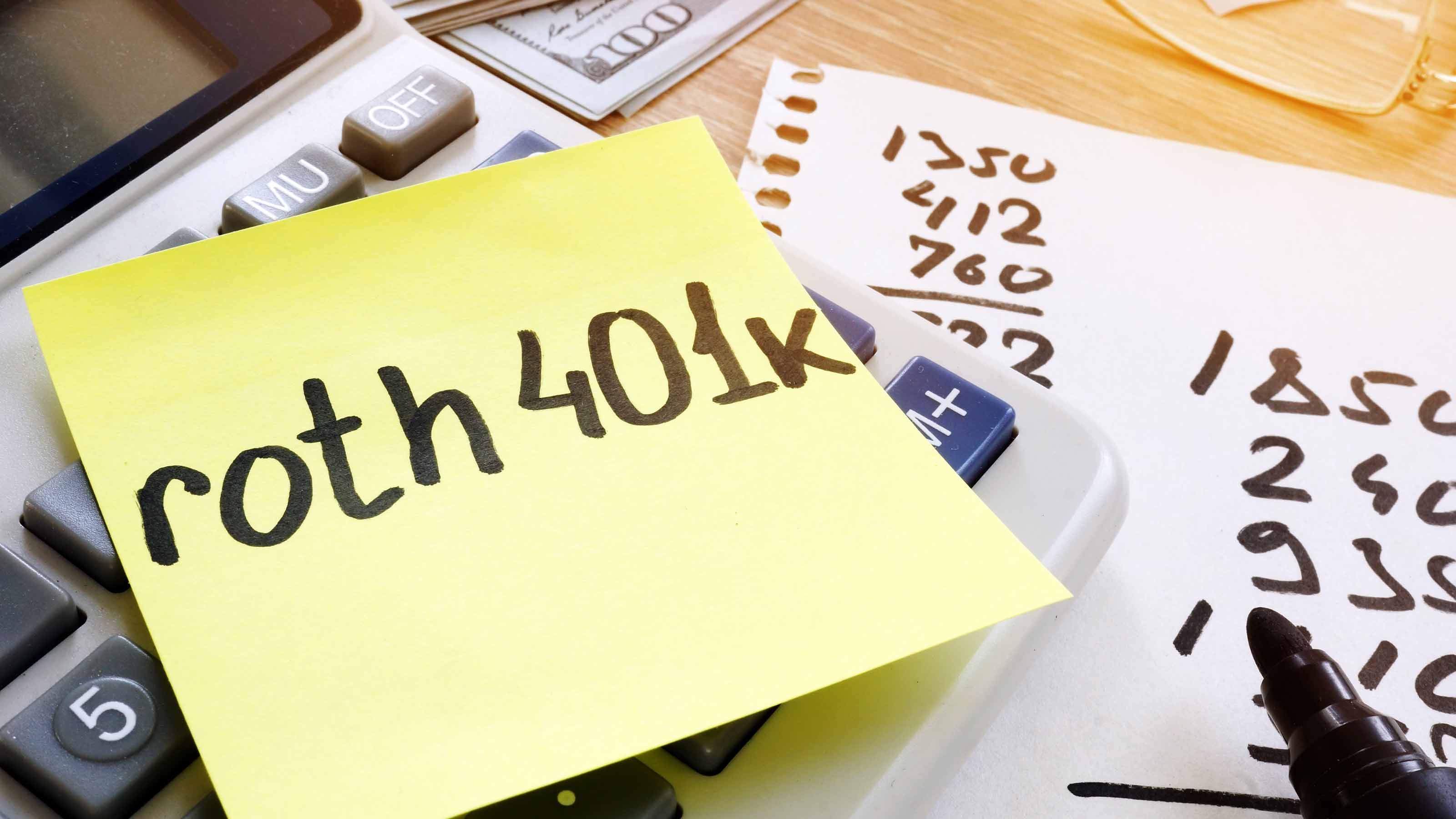
Whether you're a full-fledged small-business owner or you just run a business on the side, there are several smart ways to save for retirement that are specifically designed for the self-employed. Here's a comparison of three popular self-employed retirement savings plans: the solo 401(k), the SEP IRA and a SIMPLE IRA. See which option is right for your retirement planning needs.
Solo 401(k)
Works well for: A self-employed business owner with no employees or a worker participating in an employer’s 401(k) who also has a side business.
How much you can contribute: As an employee, you can contribute up to $18,500 for 2018, plus up to $6,000 extra if you are 50 or older. As a sole proprietor, you can contribute 20% of your company’s net earnings. For 2018, total contributions can’t exceed $55,000 (not counting the catch-up contribution).
From just $107.88 $24.99 for Kiplinger Personal Finance
Become a smarter, better informed investor. Subscribe from just $107.88 $24.99, plus get up to 4 Special Issues

Sign up for Kiplinger’s Free Newsletters
Profit and prosper with the best of expert advice on investing, taxes, retirement, personal finance and more - straight to your e-mail.
Profit and prosper with the best of expert advice - straight to your e-mail.
Maximize it: If you have a side gig and work for a company with a retirement plan, contribute to both.
How much it costs: There’s usually no annual maintenance fee, but you’ll need to file an annual IRS Form 5500 if your plan assets exceed $250,000.
SIMPLE IRA
Works well for: Self-employed people with fluctuating incomes (such as real estate agents) or a business with 100 or fewer employees. Both employer and employee can contribute.
How much you can contribute: Up to $12,500 in salary deferrals, or $15,500 if 50 or older. Employers match employee contributions up to 3% of compensation, which can be reduced to 1% in any two out of five years. Or an employer can contribute 2% of each employee’s compensation, up to $5,500.
Maximize it: Some firms start out with a SIMPLE IRA and then change to a 401(k) when they have more employees or want to match more than the 3% limit in a SIMPLE plan.
How much it costs: Costs vary by plan provider. Fidelity, for example, charges an annual fee of $25 per participant, or a $350 plan fee.
SEP IRA
Works well for: A small business with only a few employees or a self-employed owner who might have made a nice profit last year but needs more time to establish a plan. (You have until October 15, 2018, to set up a plan for 2017. Other plans must be set up by the end of the year for which contributions are made.)
How much you can contribute: No employee contributions. You as the employer can contribute up to 20% of your net income, to a maximum of $55,000.
Maximize it: Only the employer can contribute. Whatever percentage you select, you must contribute the same percentage of compensation for each employee.
How much it costs: There often is no setup or annual maintenance fee. Check with brokerage and mutual fund companies that sponsor SEPs.
Profit and prosper with the best of Kiplinger's advice on investing, taxes, retirement, personal finance and much more. Delivered daily. Enter your email in the box and click Sign Me Up.

-
 The Retirement Donor's Checklist: Key Deadlines by Gift Type
The Retirement Donor's Checklist: Key Deadlines by Gift TypeRetirees have some charitable contribution options that can help avoid spikes in income from RMDS and capital gains.
-
 Cooler Inflation Supports a Relief Rally: Stock Market Today
Cooler Inflation Supports a Relief Rally: Stock Market TodayInvestors, traders and speculators welcome much-better-than-hoped-for core CPI data on top of optimism-renewing AI earnings.
-
 Are T-Mobile's Prepaid Perks a Home Run or a Strikeout?
Are T-Mobile's Prepaid Perks a Home Run or a Strikeout?T-Mobile's prepaid lineup promises MLB.TV, T-Mobile Tuesdays and hotspot data. But do the perks make it worth switching?
-
 457 Plan Contribution Limits for 2026
457 Plan Contribution Limits for 2026Retirement plans There are higher 457 plan contribution limits in 2026. That's good news for state and local government employees.
-
 Medicare Basics: 12 Things You Need to Know
Medicare Basics: 12 Things You Need to KnowMedicare There's Medicare Part A, Part B, Part D, Medigap plans, Medicare Advantage plans and so on. We sort out the confusion about signing up for Medicare — and much more.
-
 The Seven Worst Assets to Leave Your Kids or Grandkids
The Seven Worst Assets to Leave Your Kids or Grandkidsinheritance Leaving these assets to your loved ones may be more trouble than it’s worth. Here's how to avoid adding to their grief after you're gone.
-
 SEP IRA Contribution Limits for 2026
SEP IRA Contribution Limits for 2026SEP IRA A good option for small business owners, SEP IRAs allow individual annual contributions of as much as $70,000 in 2025, and up to $72,000 in 2026.
-
 Roth IRA Contribution Limits for 2026
Roth IRA Contribution Limits for 2026Roth IRAs Roth IRAs allow you to save for retirement with after-tax dollars while you're working, and then withdraw those contributions and earnings tax-free when you retire. Here's a look at 2026 limits and income-based phaseouts.
-
 SIMPLE IRA Contribution Limits for 2026
SIMPLE IRA Contribution Limits for 2026simple IRA For 2026, the SIMPLE IRA contribution limit rises to $17,000, with a $4,000 catch-up for those 50 and over, totaling $21,000.
-
 457 Contribution Limits for 2024
457 Contribution Limits for 2024retirement plans State and local government workers can contribute more to their 457 plans in 2024 than in 2023.
-
 Roth 401(k) Contribution Limits for 2026
Roth 401(k) Contribution Limits for 2026retirement plans The Roth 401(k) contribution limit for 2026 has increased, and workers who are 50 and older can save even more.
